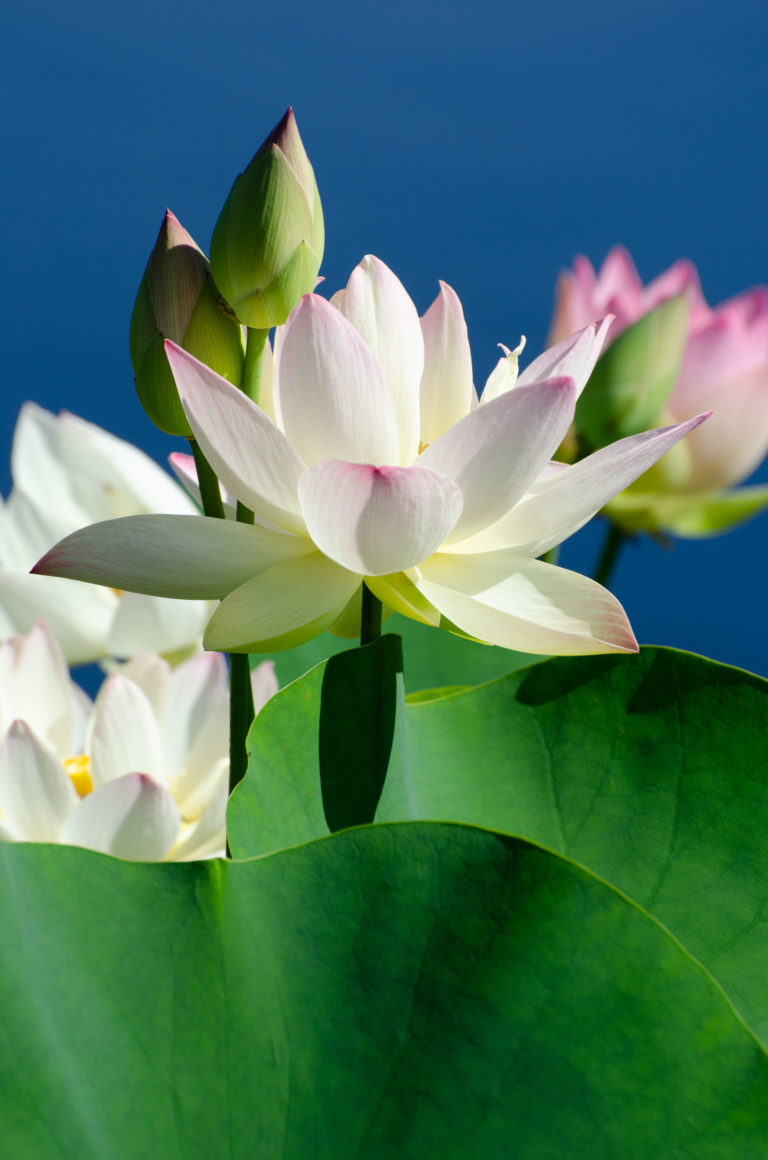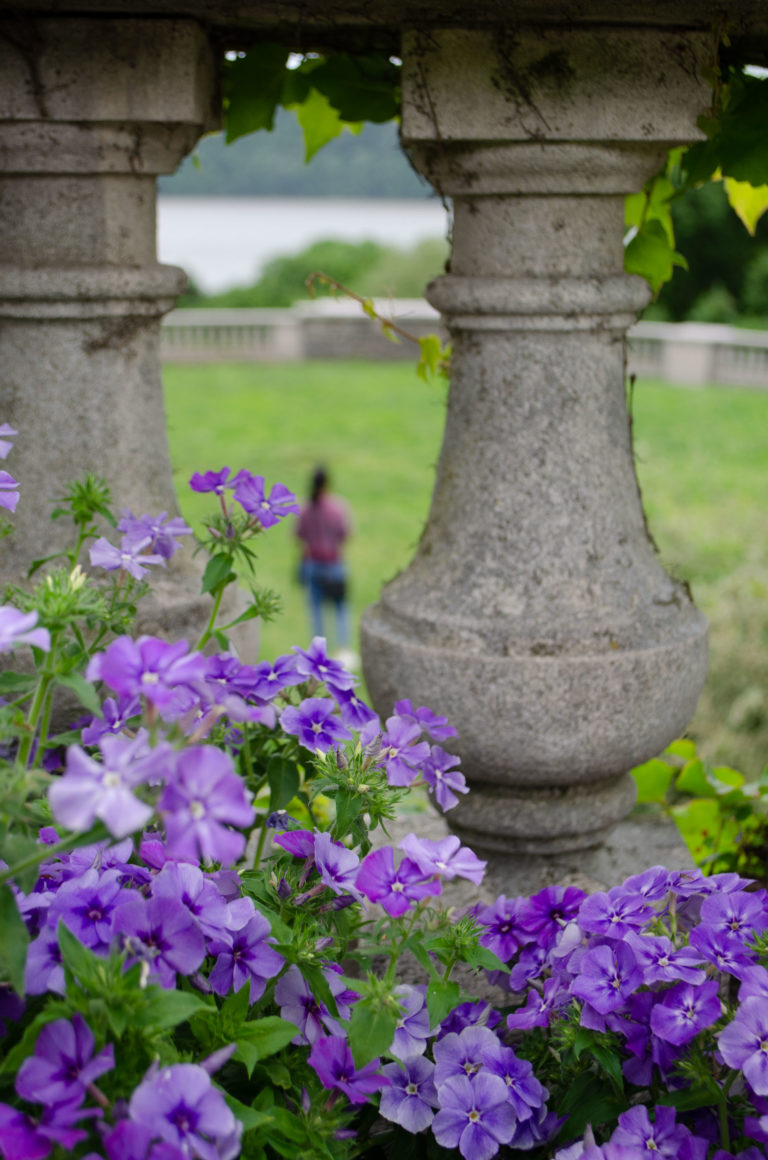
Silver Bed
October 16, 2020In our second foray into the world of monochromatic garden spaces, we turn now from gold, the subject of an early September email, to silver. Listen to a Wave Hill gardener talk about single-hued gardens, and a more subtle picture emerges than the term monochromatic might suggest. The single hue can itself be complex, too, as complex as the smile on a human face.
Such is the case along the Silver Bed, a short strip that sidles along the back edge of the greenhouses and provides a backdrop for the Paisley Bed. Along its border is a brick walkway. Happily that makes it fully accessible, but perhaps easily overlooked: it’s a convenient shortcut to the Flower Garden, a showstopper of a space this time of year.

Wave Hill Gardener Harnek Singh is well into his first season taking care of the Silver Bed, but even a few months in, his decade of experience in other parts of the garden—many know him from visits to the Cactus and Succulent House, for instance—gives authority and clarity to his approach to what is for him a new area.
Like the plantings at the Pergola, the Paisley Bed and on the Kate French Terrace, he points out, the Silver Bed is a seasonal display, mostly achieved using annuals and non-hardy plants. One long-standing resident of the bed is the grape vine that clings to the stone wall above the bed.

Another already well-established resident of the bed, Argentina anserina, dominates what Singh thinks of as the middle section. To add height and more variety visually, he has added a trio of tender plants at the back: a tall evergreen (Melianthus major)—actually in a container—white-and-green-leaved Duranta erecta ‘Variegata’ and the arrow-shaped leaves of Onoceris hastata.

But to truly appreciate the gardener’s hand along such a narrow, low space, take a slow look at the northern end of the bed.
In the next shot, a rare Alocasia ‘Solid Gold’, with its giant arrow-shaped leaves, is one of Singh’s more startling, and wonderful, additions. And look at what surrounds it: from left to right, the arrow-shaped, green-and-white leaves of Caladium 'Water's Edge'; bushy-looking Teucrium fruticans in the middle ground; below it, Dichondra argentea; above those, Salvia leucantha 'White Mischief'’; again in the foreground, looking like ground cover, Calocephalus brownii, Euphorbia ‘Diamond Frost’ and more Dichondra argentea; above it, Verbascum bombyciferum; and peeking up next to the salvia, Senecio vira-vira. In this short stretch, ten plants bring together a tight, pleasing collage of shape, texture and color.

Feast your eyes on more of the same:

From left to right, Verbascum bombyciferum; a bit of Calocephalus brownii in the foreground, next to Euphorbia ‘Diamond Frost’; Senecio vira-vira in the middle ground; and Onoceris hastata peeking out below a bush of Lantana ‘Lemon Lime’.
And again:

From left to right, the tiny leaves of Dichondra argentea in the foreground, backed by the large-leaved Verbascum bombyciferum; further back, more Duranta erecta ‘Variegata’ and Salvia leucantha 'White Mischief'.
The repeat appearances are striking in a bed with less than two dozen different plants. Enjoy the variety of shapes. Arrow-shaped leaves are one give-away. Appreciate the luscious play on silver—some brighter, some duskier hues, on surfaces that range from shiny to fuzzy, and all enlivened by splashes of white or yellow. As author Tom Christopher so eloquently puts it in Nature into Art: The Gardens of Wave Hill (Timber Press, 2019), “if this type of [monochromatic] display is well suited to the struggling gardener, it also offers a fine field for the display of the expert’s sophisticated plantsmanship.” Or as Singh himself describes it, “eye candy for the gardener.” Christopher continues, “...the single-hue garden, by eliminating from the landscape the easy drama of color contrasts, calls for greater skill in the handling of two particular aspects, plant form and texture.”
An unassuming little strip bordering the greenhouses, Wave Hill’s Silver Bed provides rich testimony.



